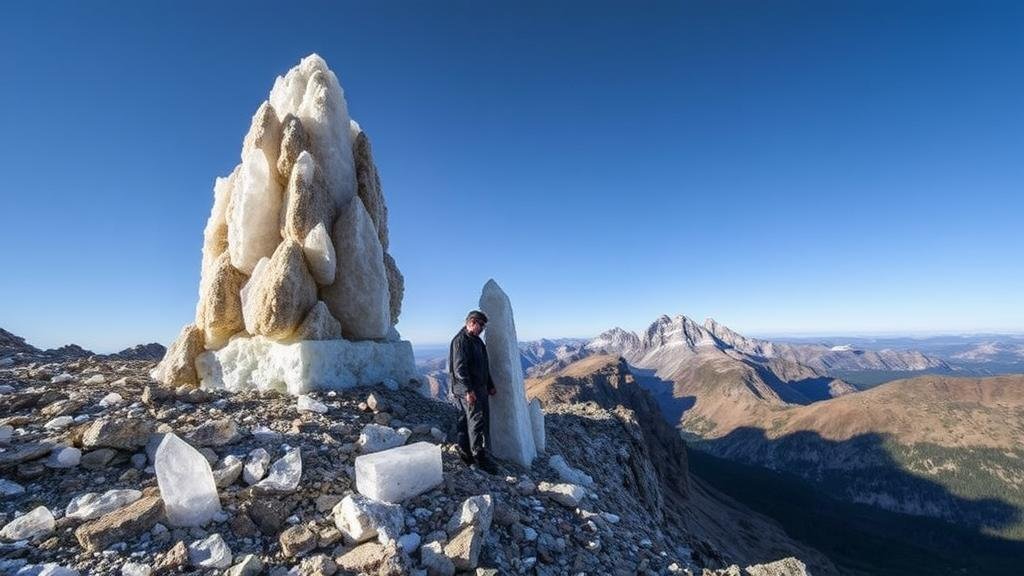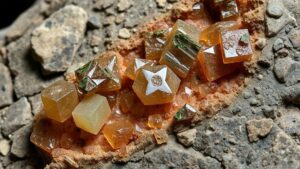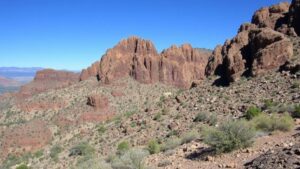Crystal Towers: Unearthing Hidden Quartz Formations in Remote Peaks
Crystal Towers: Unearthing Hidden Quartz Formations in Remote Peaks
For rockhounds and mineral collectors, few treasures delight the senses as much as quartz formations found deep within remote mountain environments. Among the most sought-after are the alluring Crystal Towers, remarkable structures of clear and translucent quartz that are formed over millennia. These natural sculptures not only captivate the eye but also offer significant insights into geological processes and mineralogy.
The Formation of Crystal Towers
Crystal Towers are typically formed from hydrothermal processes where silica-rich fluids permeate through cracks and fissures in the earth’s crust. As these fluids cool, they deposit silica in a crystalline structure. The unique conditions under which these formations occur lead to various types of quartz, including:
- Amethyst – a purple variant caused by iron impurities
- Citrine – a yellow to brownish type, often found in geodes
- Smoky Quartz – characterized by a grey to black hue due to natural irradiation
In areas with high geological activity, such as fault lines, these quartz formations can be particularly abundant. Geological surveys in the Sierra Nevada range indicate that quartz veins can yield over twenty percent of quartz crystal specimens. According to the United States Geological Survey (USGS), the thermal gradients in these regions can reach upwards of 300 degrees Celsius, contributing to the formation of quality crystal structures.
Where to Find Crystal Towers
Several remote peaks across the United States and beyond are reputed for their stunning Quartz formations. Some of the most popular locations include:
- The Sierra Nevada Mountains: Known for its diverse geological features, this mountain range offers access to numerous quartz deposits.
- The Rocky Mountains: Regions of Colorado and Wyoming have rich deposits of both clear quartz and colored varieties.
- The Appalachian Mountains: Areas in North Carolina are significant for mining unique quartz formations that are highly sought after.
Exploration in these remote areas allows collectors to delve into natures artistry, but it also requires a level of preparation and caution.
Tips for Collecting Crystal Towers
For those eager to begin collecting these captivating formations, here are several practical tips:
- Research Locations: Before you go, investigate the specific geology of the area. Websites like Mindat.org contain user-reported locations which can provide valuable insights.
- Obtain Permits: Make sure you have the necessary permissions to collect in designated areas. Some parks or reserves may have restrictions on mineral collection.
- Use the Right Tools: A basic rock hammer, chisels, and safety glasses are fundamental tools for any collector.
- Be Environmentally Conscious: Practice ethical collecting by adhering to the “leave no trace” principles. Avoid damaging the surrounding ecosystem.
Real-World Applications of Crystal Towers
Crystal Towers do not only serve as decorative items or collectible pieces; they have practical applications, particularly in the fields of electronics and healing. High-purity quartz is used in the manufacture of frequency control devices such as quartz crystals found in watches and radios. According to industry reports, the quartz market is expected to grow at a CAGR of 5.0% from 2023 to 2030, largely driven by advancements in technology.
Conclusion and Actionable Takeaways
Crystal Towers represent a unique intersection of beauty, science, and exploration in the world of rockhounding. For mineral collectors, the pursuit of these stunning quartz formations is as rewarding as the specimens themselves. Prepare adequately, respect the environment, and enjoy the thrill of unearthing natural treasures that have taken millions of years to form. Happy hunting!



